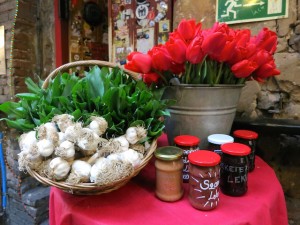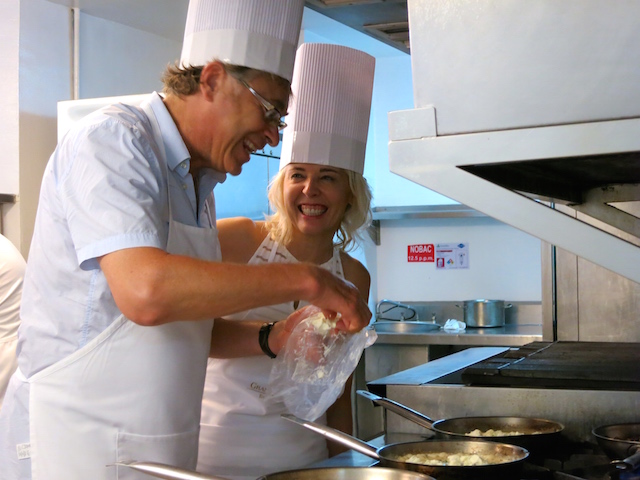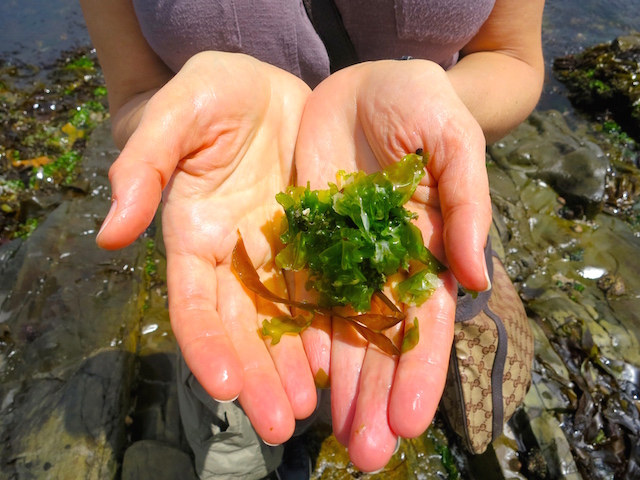

Culinary tourism is an interactive way of traveling that satisfies both the taste buds and the desire to explore.
This immersive way of travel combines the joys of the journey with the pleasures of food, offering a unique way to savor the world.
For culinary travelers, the destination is as much about what’s on the plate as it is about the scenery.
From bustling street markets in Bangkok to historic cafes in Paris, culinary tourism allows food enthusiasts to traverse the globe one dish at a time.

Picture yourself strolling through the vibrant markets of Marrakech, where the air is rich with the aroma of spices, or snacking on hawker fare at Lau Pa Market in Singapore.
Food travel invites you to not only witness but actively participate in the culinary traditions of a region.
Travel today is about experiences, and what is more hands-on than learning to craft handmade pasta in an Italian kitchen or being taught the secrets behind a perfect Thai green curry from a renowned chef in a 5-star hotel in Chiang Mai?
Beyond the immediate satisfaction of eating, culinary tourism can foster a deep connection with their destination.
Food is a universal language, and through it travelers can connect with locals, gaining insight into their traditions, customs, and way of life.

The beauty of culinary tourism lies in its ability to cater to a diverse range of palates.
Whether you are an adventurous eater seeking to sample exotic delicacies or a luxury-loving foodie seeking out the hottest restaurants helmed by celebrity chefs, there’s a culinary destination for everyone.
From Mexico City to Tokyo, the world of food and travel is a sprawling menu waiting to be explored.
Culinary tourism isn’t just about indulging in exquisite meals; it’s also about understanding the intricate relationship between food and the environment.
Sustainable and locally sourced ingredients take center stage, offering travelers an opportunity to appreciate the importance of responsible and ethical dining.
From farm-to-table experiences in the rolling hills of Tuscany to seafood feasts on the pristine shores of New Zealand, culinary tourism encourages a heightened awareness of the impact of food choices on the planet.
As “I travel for food” becomes a popular mantra, more people than ever before are centering their travels around food.
Food tripping invites travelers to experience the world through the lens of taste and aroma.
It’s a journey that teases the taste buds, enriches cultural understanding, and creates memories that will linger on the palate long after you’ve unpacked your bags.
So, pack your bags and embark on a culinary odyssey — a feast for the senses awaits!